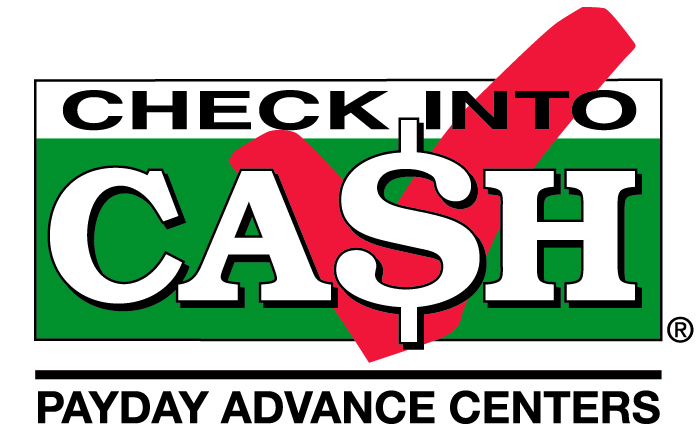Crisis lifelines that are financial chance of vanishing in California
Imagine, somewhere into the Inland Empire, a new few with two kiddies simply getting by economically. One the husband’s car won’t start morning. If he does not get to focus, he’ll lose their task. Nevertheless the next payday is almost per week down and also the family members doesn’t have actually money for repairs.
An older couple in the Bay Area is hit with an unexpected expense that nearly wiped out their checking and savings at the same time. They want money today for groceries to endure them until they’ll get their pension that is monthly check a week.
How do these and others like them throughout the state survive their emergencies that are financial? What exactly are their choices?
In some instances, they’re able visit household or buddies. Although not everyone else can. For all, the most readily useful alternative is really a short-term, small-dollar loan.
Each year, according to Pew Charitable Trusts about 12 million Americans take out short-term, small-dollar loans. Which shouldn’t be astonishing. Numerous in this nation reside from paycheck to paycheck. This is also true of Californians. Right after paying their cost of living, households right right here only have 7.58 % of the earnings left, the next cheapest within the country.
Despite their effectiveness, Sacramento would like to control short-term, small-dollar lenders. Assembly Bill 539, that was authorized by the Assembly prior to the Memorial Day week-end, caps interest levels at 36 %, as well as the federal funds price, on loans between $2,500 and $10,000. It bars loan providers from billing a penalty for prepayment “and establishes minimum loan terms.”
Should AB 539 become law, it might practically shut an industry down. If the federal government considered breaking straight down on short-term, small-dollar loan providers, it discovered that absolutely nothing significantly more than a 30-day period that is cooling-off loans would cause loan amount and profits to drop between 60 % and 82 per cent.
The effects of AB 539 could possibly be just like destructive, if not even even even worse. That 36 % rate of interest ceiling is a de facto ban on short-term, small-dollar financing because loaning at a 36 % price when you look at the short-term is just a money-losing enterprise.
While a $100 loan that is two-week produce revenue — a simple $1.38 — loan providers can really lose nearly $13 in the deal. Company working and other costs soon add up to $13.89, claims the Competitive Enterprise Institute (CEI), making the lending company $12.51 in debt. The economics allow it to be impossible to loan money at 36 per cent within the short-term and remain in business.
Consequently, AB 539 would harm the consumers it is expected to protect.
One, usage of credit shall be restricted, and not only for the people with crisis requirements, but other people who have actually bad or no credit records.
Two, with increased access that is limited credit, some customers may have no option but to overdraw their bank records. One-third of consumers, claims Pew Charitable Trusts, makes use of banks overdraft programs as a type of “costly, ineffective credit.” It’s a costly tradeoff. Customers spend almost $35 billion per year in overdraft charges, much less compared to $9 billion they invest per year on short-term, small-dollar loan costs.
There can be appropriate prices for composing checks when there’s not sufficient money to protect them. Under Ca law, bounced checks could be prosecuted as felonies if the total surpasses $950.
The campaign against short-term, small-dollar loan providers will be led by politicians, perhaps maybe maybe not clients whom feel these were burned because of the experience. Consumers really appreciate the services lenders provide: 95 per cent state it ought to be their option to just just take out of the loans, in accordance with a Harris Poll, 84 % state it had been simple for them to settle their loans, while 94 per cent repaid their  loans into the timeframe that they had anticipated to.
loans into the timeframe that they had anticipated to.
Because harmful as AB 539 will be for Ca, it will be even even even worse if it were spread to your 34 states where short-term, small-dollar loans continue to be appropriate. Yet congressional Democrats in Washington, D.C. are considering it as a model that is national. They’re also proposing a business-killing, consumer punishing 36 per cent limit on loans.
Policymakers think they have to protect customers from their actions that are own. But short-term, small-dollar loans offer a lifeline that is important millions of customers. It will be a disservice to just take that away.